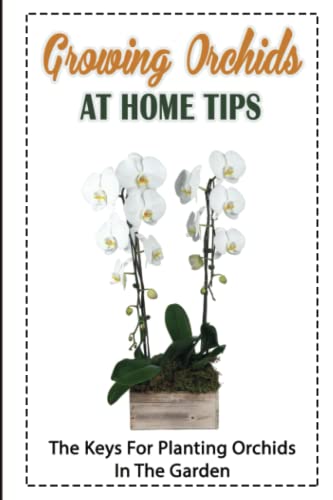

Another plant that is improving under the new conditions. I checked back and the last time I posted this was in 2016 when the yellow eyes were much larger.
Since then it languished somewhat when grown on a windowsill and only flowered very occasionally.
Last year it produced a single average summer growth. This year, its second in the grow room, it produced an early spring growth that matured and then this produced two new growths of which this one has bloomed.











































